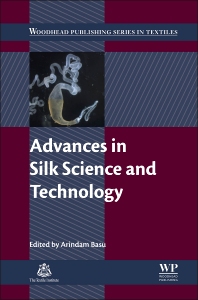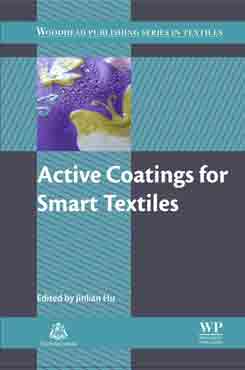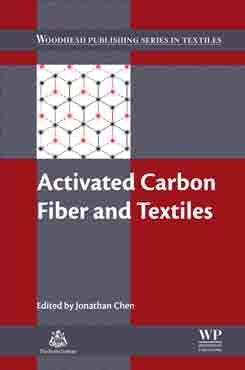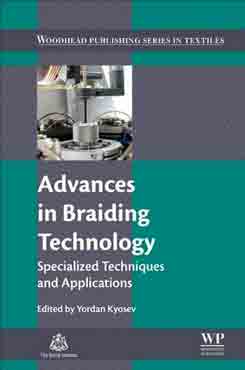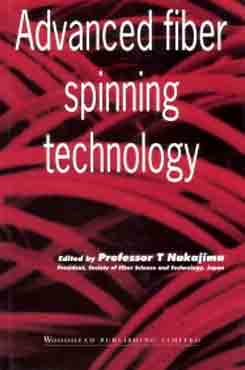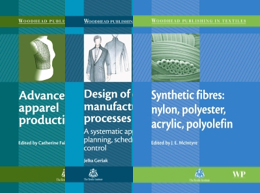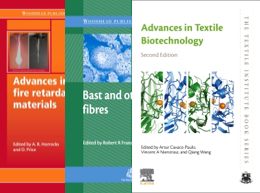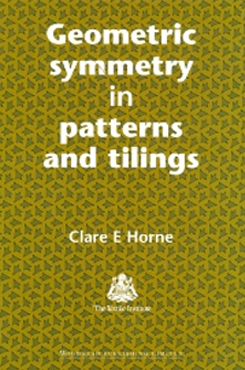Description
The remarkable properties of silk fibres have gained them a prominent place in the field of technical textiles. Advances in Silk Science and Technology explores recent developments in silk processing, properties and applications. Techniques for manufacturing spider silk are also discussed and the current and future applications of this fibre are reviewed. Part One focuses on the properties and processing of silk from both silkworms and spiders.
It addresses recent advances in our understanding of the properties of silk and offers systematic coverage of the processing of silk from spinning through to finishing, as well as an analysis of quality testing for silk fibres, yarns and fabrics. Part Two then addresses important applications of silk from silkworms and spiders and includes chapters on the use of silk in polymer matrix composites and in different kinds of biomaterial. The book concludes with a chapter on developments in the use of silk waste.
Key Features
- Reviews the properties of silk from both silkworms and spiders
- Offers systematic coverage of the processing of silk from spinning through to finishing
- Cover a range of applications, including on the use of silk in polymer matrix composites and in different kinds of biomateriaL
Readership
R&D managers in the textile industry, postgraduate students and academic researchers in textile science
Table of Contents
-
- Part One: Processing and properties of silk from silkworms and spiders
- 1: Advances in understanding the properties of silk
- Abstract
- 1.1 Introduction and classification of silk
- 1.2 Physical characteristics of silk
- 1.3 Microstructure and appearance
- 1.4 Chemical composition of silk fibers
- 1.5 Chemical properties of silk fibers
- 1.6 Moisture relations
- 1.7 Tensile behavior and rheology
- 1.8 Structure and property correlations
- 1.9 Luster and optical properties
- 1.10 Thermal properties of silk fibers
- 1.11 Dielectric and frictional properties
- 1.12 Environmental properties
- 1.13 Summary
- 2: Advances in understanding the properties of spider silk
- Abstract
- 2.1 Physical properties of major ampullate spider silk
- 2.2 Chemical composition and properties of other spider silk types
- 2.3 Future trends
- 2.4 Sources of further information and advice
- 3: Advances in the spinning, weaving, and knitting of silk
- Abstract
- 3.1 Introduction
- 3.2 The spinning of silk
- 3.3 Advances in the weaving of silk
- 3.4 Advances in the knitting of silk
- 3.5 Nonwoven silk fabrics
- 4: Advances in the dyeing and printing of silk
- Abstract
- 4.1 Introduction
- 4.2 Dyeing: Types of dyes and key process steps for dyeing
- 4.3 Recent developments in the technology of silk dyeing and novel dyes
- 4.4 Printing: Styles and methods of printing with key process steps
- 4.5 Recent developments in printing of silk
- 4.6 Future trends and their driving parameters
- 4.7 Concluding remarks
- 5: Advances in the finishing of silk fabrics
- Abstract
- 5.1 Introduction
- 5.2 Fundamentals of silk finishing
- 5.3 Mechanical finishing of silk
- 5.4 Chemical finishing of silk
- 5.5 Conclusions
- 6: Enzyme applications in silk processing
- Abstract
- 6.1 Introduction
- 6.2 Sericulture and silk industry
- 6.3 Enzymes used in silk processing
- 6.4 Enzyme applications in silk processing
- 6.5 Conclusion
- 7: Advanced testing of silk fibers, yarns, and fabrics
- Abstract
- 7.1 Introduction
- 7.2 Fiber tests
- 7.3 Yarn tests
- 7.4 Fabric tests
- 7.5 Future trends
- 1: Advances in understanding the properties of silk
- Part Two: Applications of silk from silkworms and spider silk
- 8: Silk as a reinforcement in polymer matrix composites
- Abstract
- 8.1 Introduction
- 8.2 Processing methods
- 8.3 Characterization of silk fiber-reinforced polymer composites
- 8.4 Applications
- 8.5 Conclusions
- 9: Processing of silk biomaterials
- Abstract
- 9.1 Introduction: Silk as a biomaterial
- 9.2 Silk biomaterials fabrication
- 9.3 Effects of post-processing on silk-based biomaterial properties
- 9.4 Conclusions and future trends
- 10: Structure and properties of spider and silkworm silk for tissue scaffolds
- Abstract
- Acknowledgments
- 10.1 Introduction
- 10.2 Microstructure of silks
- 10.3 Mechanical properties
- 10.4 Relationship between structure and properties
- 10.5 Biomimetic approaches
- 10.6 Conclusion
- 11: Silk as a suture material
- Abstract
- 11.1 Introduction
- 11.2 Silk suture manufacturing process
- 11.3 Properties of silk sutures
- 11.4 Improving the functionality of silk sutures
- 11.5 Future trends
- 12: The use of spider silk as a biomaterial
- Abstract
- 12.1 Introduction
- 12.2 Spider silk biodiversity
- 12.3 Protein diversity
- 12.4 Processing diversity
- 12.5 Fiber diversity
- 12.6 Engineering diversity: orb webs as multifunctional structures
- 12.7 Future trends
- 12.8 Sources of further information and advice
- Acknowledgments
- Dedication
- 13: Developments in the use of silk by-products and silk waste
- Abstract
- 13.1 Introduction
- 13.2 Types of silk waste and by-products
- 13.3 Economics of silk waste and by-products
- 13.4 Processing of silk waste and by-products
- 13.5 Applications of silk by-products
- 13.6 Summary
- 8: Silk as a reinforcement in polymer matrix composites
- Index
- Part One: Processing and properties of silk from silkworms and spiders
